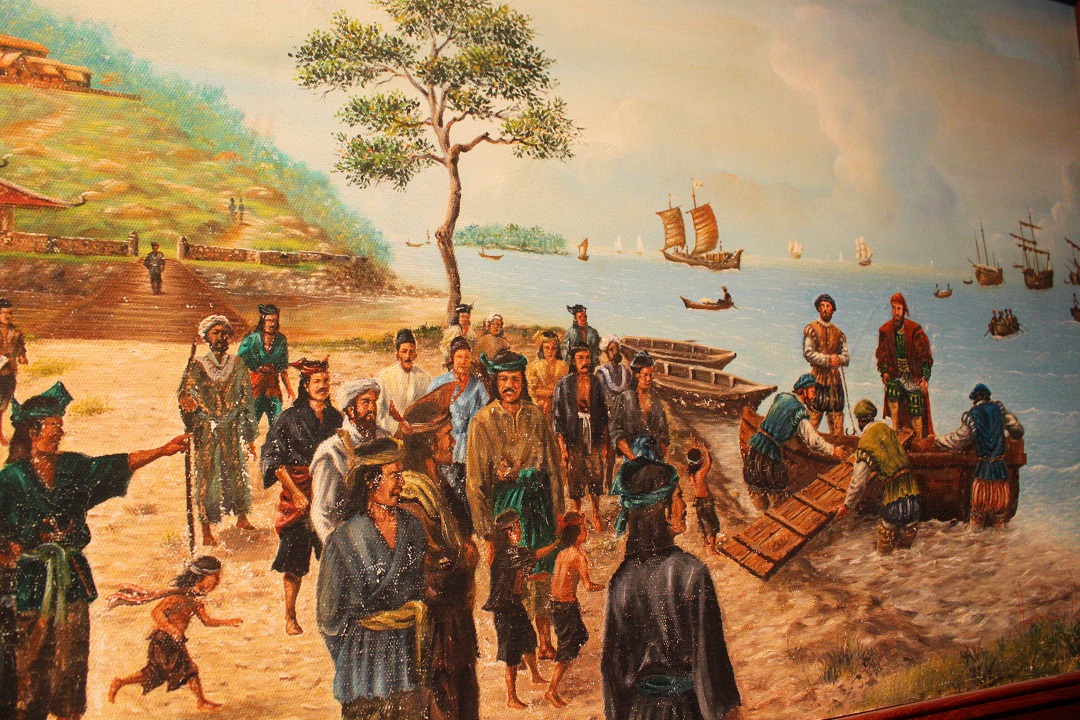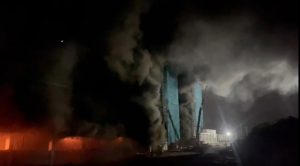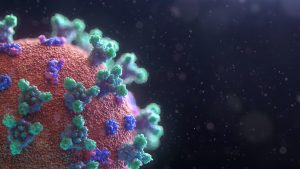
Rantau and Merantau: Geography and Soul
PROF. Dato’ Dr. Ahmad Murad Merican
RANTAU and merantau has been embedded this region since time immemorial. It manifests the spirit of the homeland long before the arrival of the Europeans, and other Asian communities. In the consciousness of the Malays in Malaysia, the practice has long been associated with the Minangkabaus. It is not peculiar to the Minangkabaus. Merantau is also present in the Bugis, Banjarese and Mandailing world view.
In my last column, I alluded to the statement that the Minangkabaus are sublte colonisers.
Indeed, one finds Minangkabaus, rather the descendants, from Kedah and Kelantan, to Sabah and Sarawak; and throughout the Malay Archipelago stretching from Acheh to the Philippine islands. The association of merantau to Negeri Sembilan and the adat perpatih is an imperfect myth. It is not entirely incorrect to rationalize merantau to the matrilineal system.
The merantau narrative brings the Minangkabau especially close to history and geography. But a new meaning may be emerging – the visual and the virtual rantau. Thanks (and no thanks) to Google.
Merantau and tanah air are twin concepts. Merantau renders civilizational space. It anchors
custom and culture. The alam Minangbakau did not only produce adat perpatih. The
Minangkabau also gives us the Adat Temenggong (patrilineal). In Malaysia, all Malays practice Adat Temenggong, except for those in Negeri Sembilan, and even then, the Negeri Sembilan practice of adat Perpatih may well be by assimilation of the Bugis and other Malay ethnic groups.
Merantau reflects the intellectual and political beliefs of those resident in the Malay
Archipelago. From the perpsective of the Minangkabau world view, merantau literally means travelling, sailing, exploring life, and knowledge. Hence merantau is not only geographical but abstract. It is geocultural, and spiritual.
Some of the earliest merantau was recorded in the 7 th century where gold traders originating from the Minangkabau heartland conducted commercial transactions at the mouth of the Jambi River and was involved in forming the Malayu empire. Massive wanderings began from the 14 th century saw many Minangkabau families moving toward the east coast of Sumatra, establishing trading colonies in Batu Bara and Pelalawan. Many crossed the Straits of Melaka to the peninsula. There was also those who moved through the West coast, taking up residence in Meulaboh, Acheh and Anuek Jamee, Barus, Sibolga, Bengkulu to Lampung. If one were to ask those from Bengkulu, Jambi, Kampar, or Palembang, they would readily evoke their Minangkabau origins. With the fall of Melaka in 1511, Minangkabau families moved to South Sulawesi. There they laid the foundation of the Gowa Sulranate, served as traders and administratros there. Some of the earliest merantau was recorded in the 7 th century where gold traders originating from the Minangkabau heartland conducted commercial transactions at the mouth of the Jambi
River and was involved in forming the Malayu empire. Massive wanderings began from the 14 th century saw many Minangkabau families moving toward the east coast of Sumatra, establishing trading colonies in Batu Bara and Pelalawan. Many crossed the Straits of Melaka to the peninsula. There was also those who moved through the West coast, taking up residence in Meulaboh, Acheh and Anuek Jamee, Barus, Sibolga, Bengkulu to Lampung. If one were to ask those from Bengkulu, Jambi, Kampar, or Palembang, they would readily evoke their Minangkabau origins. With the fall of Melaka in 1511, Minangkabau families moved to South Sulawesi. There they laid the foundation of the Gowa Sultanate, served as traders and administratros there.
In my 2015 book Batu Uban: Sejarah Awal Pulau Pinang, I described how the Alam
Minangkabau was shaped by the ethos of merantau. I gave the example of Dato’ Godam and Dato’ Jenaton who moved out of the Ranah at about the same time – circa early 1700, one to Kedah, and Pulau Pinang, and the other to Brunei. Remember then the Sultanate of Brunei stretches to present-day Sarawak and Sabah and parts of western coastal Borneo. The former director of the Brunei History Centre, Dato’ Seri Utama Dr. Haji Awang Mohd. Jamil Al-Sufri is a descendant of Dato’ Godam.
Portuguese chronicler Tom Pires wrote in the 16 th century that the population residing on the east coast of Sumatra such as Indragiri and Siak identify their polity as part of the “Tanah Minangkabau” (The Minangkabau region/land), at the same time identifying themselves as Malays. When Minangkabaus take up residence in the rantau, they evolve into Malays.
The concept of rantau can be returning to one’s place of origin, or rantau larat – the moving out not to return. Perhaps the best known work on the subject comes from Minangkabau sociologist Mokhtar Naim in his 1973 thesis titled “Merantau: Minangkabau Voluntary Migration.” Translating “merantau’ to “voluntary migration” is not entirely correct. The movement, wandering, if you will, is neither coerced nor voluntary.
Stretching merantau beyond customary practice, the archipelago has witnessed the movement of peoples traversing the fluidity of narrow waterways and the many straits, negotiating islands, sailing up and down rivers (hulu and hilir). The waterways function as highways that unite and bring together, and borders that separate and divide. The fluidity of “The Sea of Malayu” provide the space for merantau to “buka negeri” (open up land), form families and communities, reside in a place – not as migrants (a modern vocabulary), but as members of the larger family in the rumah Alam Melayu (house of the Malay World).
The jiwa merantau (the soul of merantau) is seen in the memory and some recent
writings/autobiographies in Malaysia. These would be Architecture professor Ezrin Arbi’s
autobiography Liku Hidup Perantau Minang: Dari Bukit Tinggi ke Kuala Lumpur (2016). and
some insights by Datuk Dr. Firdaus Abdullah in his Forward to the book. Firdaus brought in the element of spirit and knowldege in the enterprise of merantau.
Another is Aziz Ishak’s Mencari Bako (1983). The author, Minister of Agriculture and
Cooperatives under the Tunku Abdul Rahman’s cabinet was a fifth generation Minangkabau. In his book, he raised the phenomenon of a second rantau. Inheriting from his grandfather who settled in Kedah/Pulau Pinang, Ahmad’s is the second rantau (inilah rantau yang kedua). The first rantau was from the Ranah Minangkabau. Ahmad left Pulau Pinang to Kuala Terong, Perak around 1870s – becoming a perantau himself.
Prof. Dato’ Dr. Ahmad Murad Merican is Professor of Social and Intellectual History with the International Institute of Islamic Thought and Civilization, International Islamic University (ISTACIIUM). He is a Senior Fellow with the Southeast Asia Research Centre and Hub at De La Salle University, Manila, the Philippines.


